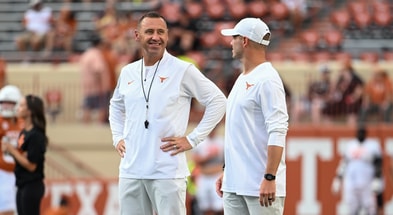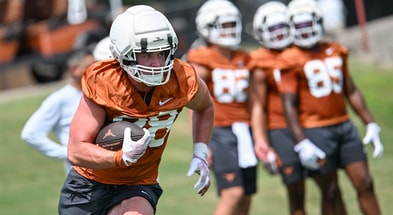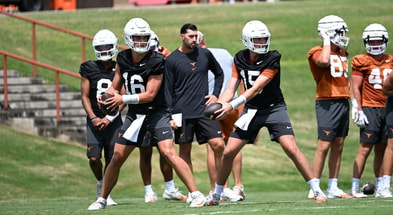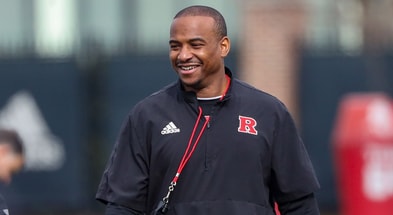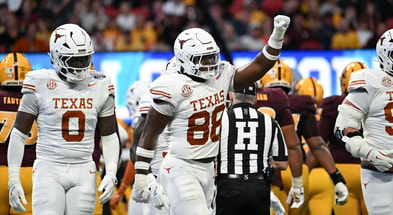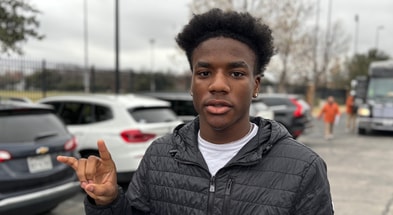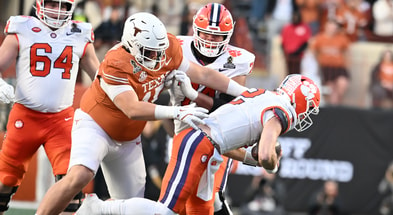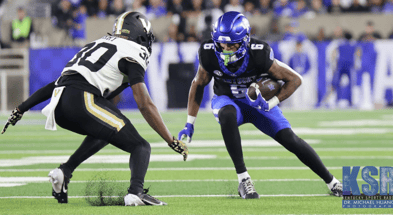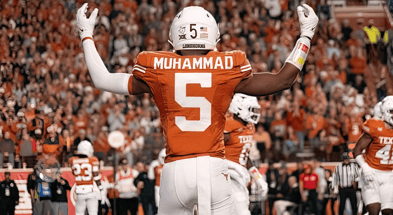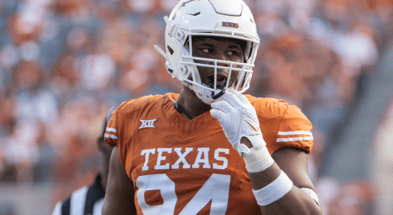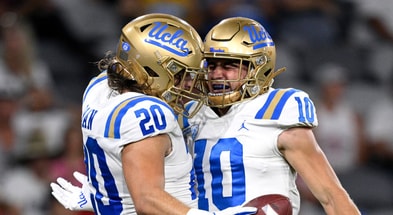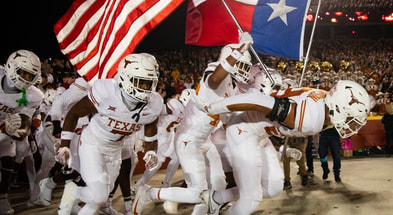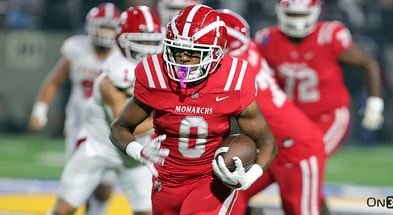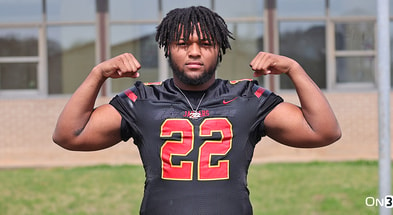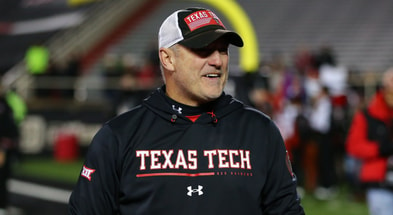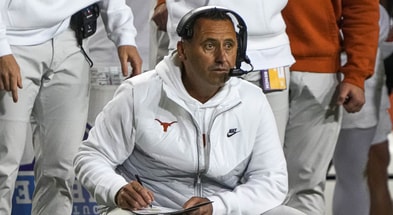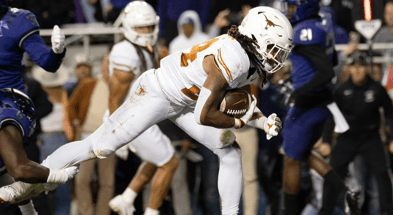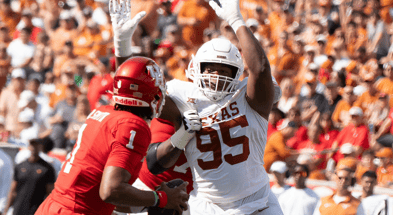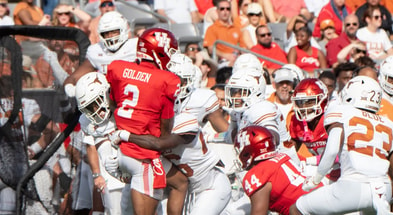Coaching Turnarounds at Texas: Darrell Royal
FREE Premium access until August 14 when you sign up, then only $39.99 for every five months! Click here for more details.
This is a series on coaching turnarounds (or attempted turnarounds ) at Texas, starting with the Royal era. I think there are some learning points to be gleaned and, at the risk of doing the reveal too early, I think they portend favorably for Herman.
All Texas coaching hires – like presidential elections – are a lesson in oversteering. The tendency to hire what the previous guy was not is predictable. The things we focus on also tend to be shallow and useless. The success of the hire is always determined by real tangible ability rather than the softer perceptual nonsense that usually guides the oversteer. My advice: ignore the media driven narrative bull**** and focus on competencies.
It’s probably constructive to limit comments to the coach being discussed as I’ll get to the next coach soon enough. And if I’m not writing about DX Bible, Blair Cherry or Jack Chevigny, forgive me, but I think the last 60 years should suffice.
**
When Texas hired a young Darrell Royal from Washington, his success in Austin wasn’t exactly pre-destined. The 32-year old coach (albeit with a mature temperament that was 32 going on 50) had been a head coach for three years, sported an uninspiring 17-13 record (12-8 Mississippi State, 5-5 Washington, let’s not forget his year coaching the mighty Edmonton Eskimos in the CFL) and was succeeding a coach, Ed Price, who had gone 1-9 in his last year at Texas.
That sole win was a one point victory over Tulane. 7-6. Texas was blown out by USC, lost 45-0 to OU and 46-0 to TCU. They lost to the Aggies, too. They were 0-6 in league play. The 60,000 seat stadium capacity of Memorial Stadium filled only for the Aggie game and only 30,000 faithful attended a home conference game against SMU.
If you thought last year was bad, it was 2005 compared to 1956 Texas.
Accounts of Texas practices during Price’s late tenure are hilarious and a reminder that the siren song of UT complacency was born generations ago. Jim Dent’s Junction Boys describes one such leafy Austin spring practice with players sitting on helmets and tackling dummies, chatting up attractive co-eds who were picnicking nearby and players moving at a too-cool-for-school pace whenever the whistle blew, making sure to strike just the right pose whenever they knew a gorgeous blonde was watching. Texas had a little talent, but the program was a paid spa vacation.
Serious football was being played at powerhouse TCU and at a scrappy Texas A&M under a young, hungry, possibly insane, Paul Bryant.
Royal took over and by virtue of sheer organizational competence, coaching and effort, took Texas from 1-9 to a respectable 6-4-1 in 1957. Texas was in every game it lost save for a drilling in the Cotton Bowl at the hands of a monster Ole Miss squad. The Longhorns even upset #4 ranked Texas A&M to finish 2nd in the SWC.
The Horns went a strong 23-8-1 over the next three years and then a dominant 40-3-2 over the next four. While much Baby Boomer ink is rightfully devoted to Royal’s run from 1968-1971, I’ll put 1961-1964 up against that stretch anytime. Better luck could have awarded Texas three national titles in that span rather than just one.
Top 10
- 1Hot
Transfer Portal Predictions
Nakos calls his shot
- 2New
Nick Saban
Details coaching tree in CFP
- 3
Byrum Brown
USF QB heading to SEC
- 4
Austin Simmons
Ole Miss QB commits to SEC foe
- 5
Ashton Daniels
Auburn QB headed to ACC
Get the Daily On3 Newsletter in your inbox every morning
By clicking "Subscribe to Newsletter", I agree to On3's Privacy Notice, Terms, and use of my personal information described therein.
Nevertheless, Royal’s first national title was won in 1963 and a Texas legend was born.
It’s instructive that Royal hit a tough patch over the next three years, going 19-12. The reasons are many, but the primary one was simple. Royal didn’t like recruiting. He could do it and often did it well, but it was a chore for a man of his temperament. He was a coach’s coach. He also tended to hire and evaluate staff based on pure coaching competence rather than rainmaking ability. But he showed the ability to adjust and his record reflected it (as well as in what Fred Akers inherited in 1977). The short history of the Texas legend could be written as: when Royal got after it on the recruiting trail, Texas was without peer.
Lessons learned from Royal’s turnaround?
1. Experience is less important than ability. A young coach with a high level of competency and chip on his shoulder brings a level of energy, focus and ambition that is tough to match. Ideally, one finds the right mix of proven ability over time, but Texas has never really had the fortune of an Urban Meyer/Jim Harbaugh fairy tale hire where success was guaranteed the moment they grabbed the whistles at Michigan and Ohio State.
2. Want an instant turnaround? Pure coaching ability, organization, intensity and yes, alignment, can make a dramatic difference in season outcomes with approximately the same raw material. 1-9 can turn into 6-4-1. 5-7 can turn into 10-3. Bad luck can also mask substantive change, but the record eventually reveals the truth. Patience.
3. The ramp up to national title contention and dominance is progressive. You generally have to be pretty good for a while (Royal was 23-8-1 after his initial splash on the scene) before becoming dominant (the run from 1961-1964). It doesn’t have to be the Tom Osborne decades long ramp up, but it takes some time. Listing the exceptions is…exceptional.
4. Recruiting underpins everything. Whenever Royal took his eye off of the ball there, the resultant dip happened like clockwork. When that shocked him into redoubling his efforts, his legend grew.
**
Next up is the successful, contentious, divisive, ultimately heart-breaking-damn-we-were-close Akers era…



